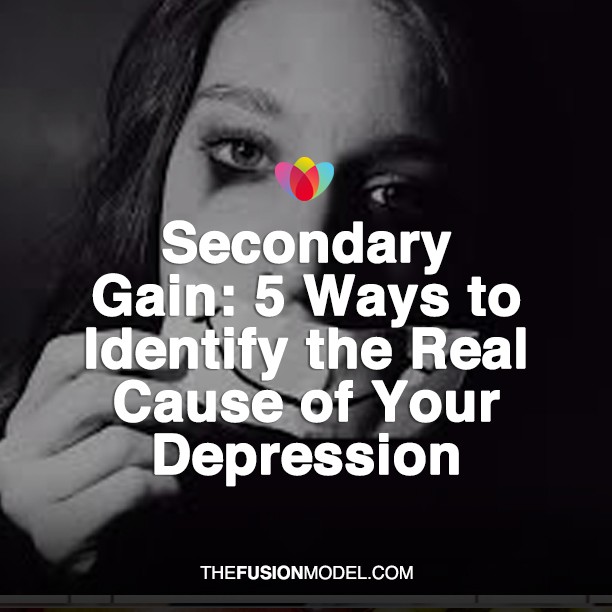‘I took another overdose this week.’
‘It didn’t work.’
Sheila was matter-of-fact, almost emotionless. She was simply recounting the story to me.
This had happened before, many times. It was something I would need to report to her GP. But her GP knew anyway. Sheila had long-term chronic and severe depression. She’d been like this for several years and had become her GP’s ‘heart sink’ patient; someone who does not respond to treatment.
Sheila had been around the mental health system several times, had picked up a cluster of diagnostic labels along the way and several medications too; the most recent of which was a benzodiazepine which made her constantly restless.
It all amounted to a toxic cocktail which she now regularly and deliberately now overdosed on. Sheila, it seemed, had lost hope of recovery and had given up on trying to feel better.
I too now felt I had tried everything with Sheila. It felt so disappointing and frustrating.
Interventions that worked with other clients did not work with her. The breathing exercises did not calm her, getting more full-spectrum light did not raise her mood. If we agreed on a homework task, there was always a reason Sheila could not complete it. Small achievable goals were missed as we settled into a kind of mutual expectation that this therapeutic process was not really going anywhere.
It was strange, because on the face of it, Sheila’s life had been pretty perfect when the depression started. When we completed her life wheel she had high scores for home, money, family, friends and partner. With my client’s permission, I went to see her GP.
‘We’re just not making any progress,’ I told her. ‘The reason for the depression puzzles me as Sheila’s emotional needs audit is very positive.’
‘Did she not mention her partner?’ The GP asked ‘she did’ I replied ‘all seems okay.’ The GP looked puzzled.
‘We all know him at the surgery,’ she said ‘he’s a terrible bully with real anger problems’, and she went on to recount several violent incidents. Next time I saw Sheila I tentatively broached the subject of her partner again. ‘We’re very happily married’ she said ‘and the children adore him.’
It finally made sense.
My client was in complete denial and we were now working in the complicated therapeutic territory known as ‘secondary gain.’ The reason the depression would not lift is because it was serving a purpose.
Sheila wanted her marriage to be perfect and she wanted the children to adore their father but the sad truth was he was not, and they did not. When I now looked at the bigger picture, I had a sense of Sheila’s subconscious dilemma.
Their family had a very high profile in their community. They were churchgoers and seen as pillars of an establishment in which Sheila’s husband was a central figure.
If Sheila were to admit to herself and others what the problem was, she would be challenging the public image of the whole family. There would be repercussions, not just for her but for her children, her family and for her social standing.
In a sense it was easier to become ill and focus on the illness rather than address the underlying problem. To maintain the status quo, the depression must continue because, to examine the real cause of the depression, Sheila would have to admit she was unhappy in her marriage. Everyone, including the mental health professionals, had been focusing on the symptoms rather than the cause.
It reminded me of an old story.
Nasrudin and the lost key
Nasrudin was spotted on his hands and knees looking for something on the road outside his house under a street lamp.
‘What are you looking for’ a passing neighbour asked.
‘My key,’ replied Nasrudin, ‘I dropped it.’
The neighbour joined him in his search but, after quite a while, nothing was found.
‘Nasrudin are you sure you dropped it here?’ asked the neighbour.
‘Oh no’, said Nasrudin, ‘I dropped it inside.’
Then why are we looking out here?’ said the neighbour, bewildered.
‘Because the light’s better out here’ said Nasrudin.
Making friends with the black dog
It was Churchill who referred to his depression as ‘the black dog’. It followed him in a around for most of his life.
These days I consider the dog of depression to be friend rather than foe as it is often trying to communicate, through uncomfortable feelings, an important message; that something is not working and life changes need to be made.
But to understand what the dog of depression is trying to communicate, you have to be prepared to stop and listen to it.
If you’re experiencing low mood, anxiety, anger or any uncomfortable emotion, take time to climb off the treadmill for a while, take a step back, observe the bigger picture and listen to what your older wiser self is actually trying to tell you.
How to access the powerful messages of your subconscious mind
Mindfulness
The essential message of mindfulness is being in the present moment and simply observing thoughts and feelings as transient.
Be aware of any thoughts that are there, note them and consider whether they offer any insight into your current mood.
Dreams diary
Our silent right hemisphere, the seat of insight and wisdom, has no language, but is free to communicate when we are asleep and the rational brain has stepped down.
Keep a dream diary and consider the contents of your dreams and the symbolism of the underlying theme. Dreams are not literal. Sometimes you have to examine the images to get a deeper understanding about what you are suppressing in everyday life.
Stream of consciousness writing
Get a large piece of paper and begin to write anything that pops into your mind.
Don’t filter or censor it, even if it does not make sense immediately. Have a look at later on and notice if any patterns are emerging.
Life wheel work
The holistic wheel of life encourages you to score the major areas of your life on a 1-10 scale. This can reveal areas that are not working for you and where changes could be made.
Talking therapy
Do not underestimate the power of connecting with another human brain.
Others can see things which are blindingly obvious to them, but we cannot see because we are too close to the picture and caught up in the emotions of the moment.
The ripple effect
It has to be acknowledged there are implications for others we make important life decisions to end relationships. These must be considered but, if your situation is so toxic it is making you will, perhaps you need to consider the implications of not taking action.
My favourite self-help book is called Feel the Fear and Do it Anyway, and the message is really all in the title.
Perhaps it’s time to reach out and be more real with family and friends, talk to your GP and get a supportive network around you. And hold onto the thought that the end of something is always the beginning of something else. Don’t let Sheila’s future be your future.
Sheila
Sheila stopped coming to her appointments with me after a while.
The more I asked her about her husband the more she retreated into silence.
The last time I saw her was when I dropped into a mental health unit and spotted her in the middle of a craft group, making origami flowers; overweight and overmedicated, she looked at me but did not recognise me.
Sheila, it seemed, had chosen to paint herself out of the family picture rather than challenge the status quo. In saving others from discomfort, she had destroyed herself.




